A key technology trend that has been identified for 2025 is polyfunctional robotics. As industries and companies strive to become more adaptable and efficient, the development of these robots is becoming a leading area of innovation which could prove to be revolutionary.
Unlike traditional robots that have been designed to perform one specific task, polyfunctional robots are able to handle a variety of functions, making them a valuable asset in many environments.
Why Robots?
The reason why we are seeing so much focus on and development of robotics at the moment is because of ongoing labour shortages and productivity stagnation across the globe. As supply and demand is ever increasing, it can be difficult to find enough workers to meet these requirements and to keep your business growing. This means that many industries are investing in robotics to fill the gaps in the labour pool.
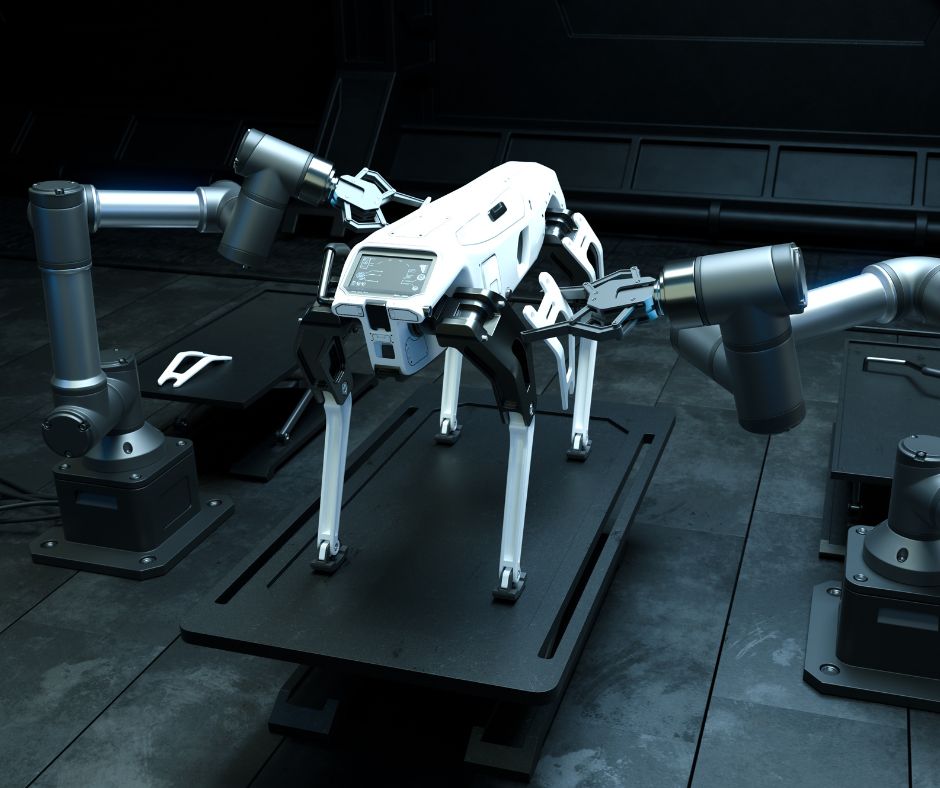
What is a Polyfunctional Robot?
Polyfunctional robots are machines that have been equipped with components that allow them to execute more than one task, with the long-term goal being that they could also “learn” new skills that haven’t been pre-programmed.
Using modular design, artificial intelligence and machine learning, advanced sensors and autonomous mobility/navigation, these robots are able to process and respond to diverse stimuli without the assistance of humans. This means that they can seamlessly switch between functions, to maximise resources and increase productivity. One example of a polyfunctional robot could be a quality control robot that can inspect the installation of a component, and then clear the workspace of any debris.
Applications
Polyfunctional robots can find uses across the scope of industries. Some examples of these applications include:
Supply Chain and Manufacturing
Performing multiple functions on an assembly line, such as welding components, packing orders and quality control.
Healthcare
Offering assistance in patient care, from monitoring vitals, to delivering medication, and even aiding surgeons in procedures.
Disaster Response
Performing critical tasks such as delivering medical supplies, searching for survivors and assessing the safety/stability of structures.
Agriculture
Handling planting, harvesting and pest control tasks, while also monitoring the health of crops/soil or livestock.
Domestic Use
Helping with household chores and providing security; particularly for the elderly or those with disabilities who would struggle to carry out these tasks themselves.
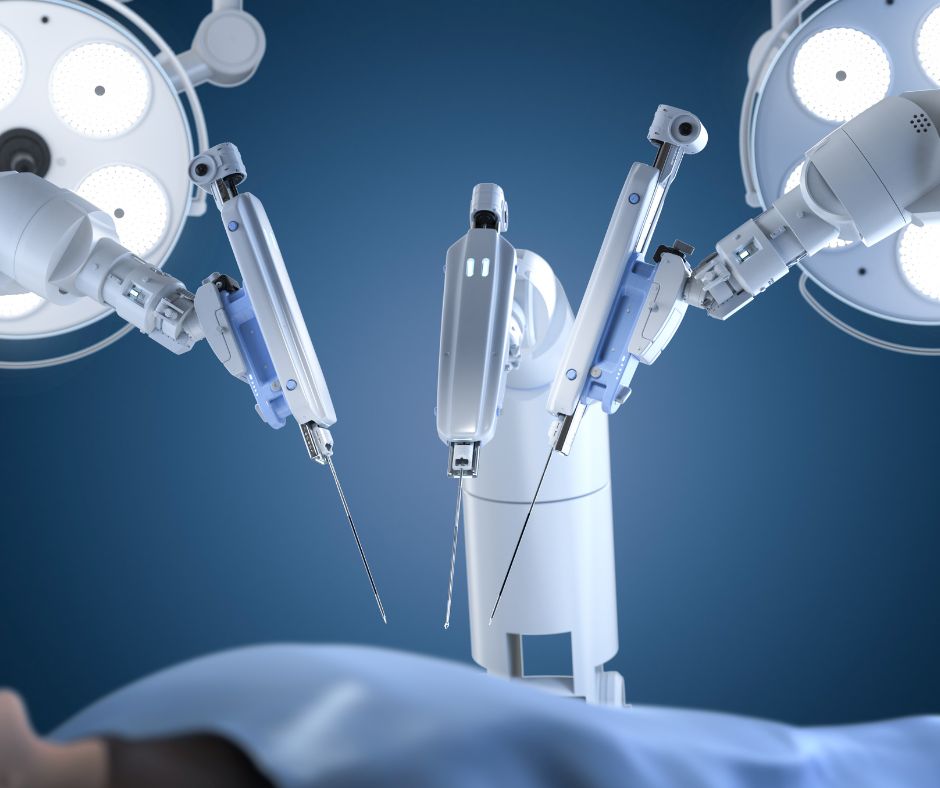
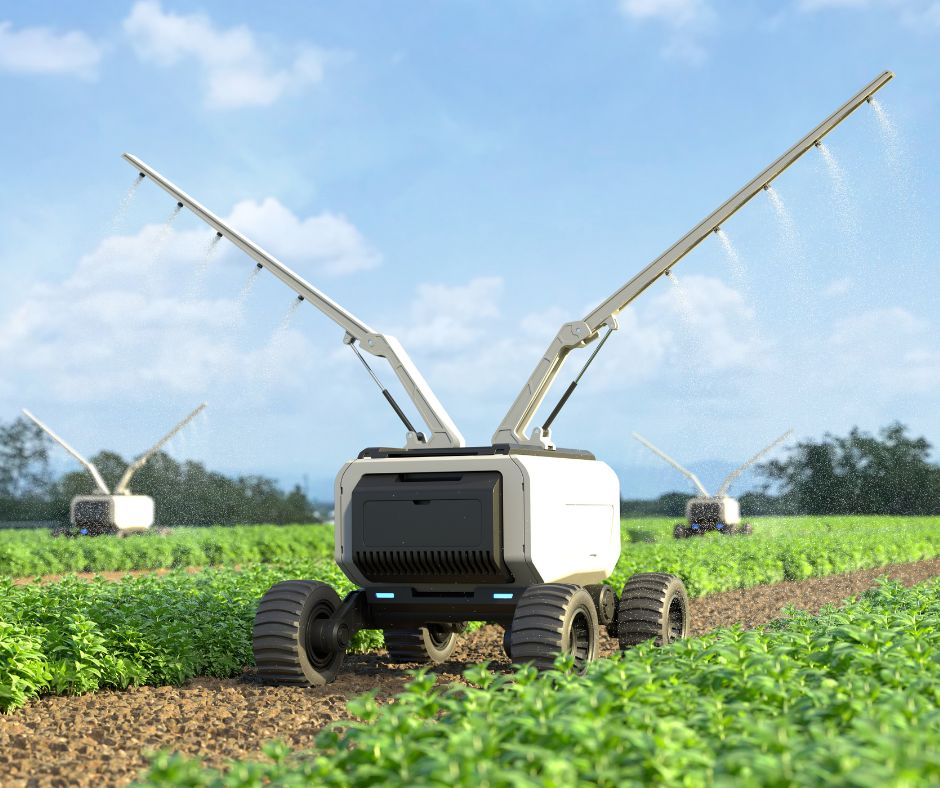
Benefits
1. Increased Productivity
As these robots can handle complex workflows and adapt quickly to changes without much human intervention, the downtime between tasks is significantly reduced. This allows for higher productivity than humans can achieve.
2. Resource Optimisation
The versatility of a polyfunctional robot means that the amount of single-function machines in your operation can be reduced, which will cut down the amount of resources needed.
3. Cost-Effectiveness
Although these robots can be costly to implement initially, by consolidating your processes to fewer machines, you can lower your overall expenditure and increase return on investment in the long term.
4. Scalability
The design of polyfunctional robots allows for additional modular components and software updates to be added, meaning their capabilities can be expanded over time. This in turn can also decrease the likelihood of these robots becoming obsolete.
5. Safer Environments
Polyfunctional robots can contribute significantly to creating a safer workplace, as they can take on the more hazardous or physically demanding tasks and therefore protect human employees from harm.
However, while polyfunctional robots do offer numerous benefits, there are some challenges to consider. The development of these robots and sophisticated tech needed for them to operate means that they are not yet readily accessible to many companies and consumers. Any updates and repairs may also be difficult, as programming and maintenance can be very complex.
Components for Polyfunctional Robots
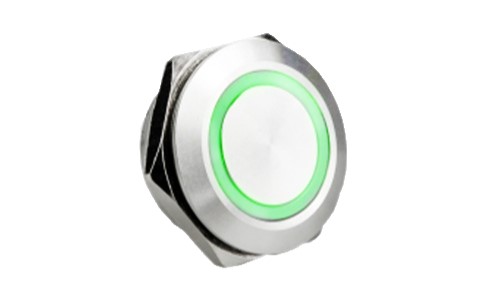
Low Profile Anti-Vandals
Low-profile push buttons are utilised in Polyfunctional Robots to aid functional control options within a compact design.
Our low profile switches, part of our antivandal range, features an ultra low profile design to maximise space behind the panel, and is equipped with micro travel, an IP67 rating for durability, and options for LED illumination.
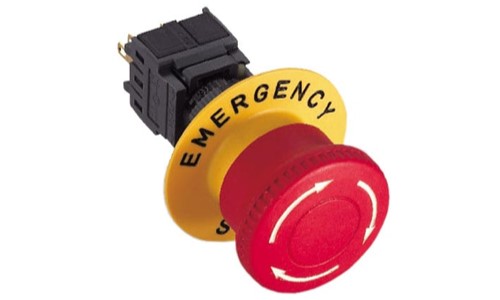
Emergency Stop Switches
Emergency stop switches, essential safety components in industrial and commercial environments, are designed to quickly halt machinery operation in crisis situations. A crucial necessity in robotics and industrial environments to ensure safety and prevent errors. Available with three different emergency stop methods: push-pull, twist release, and key release.
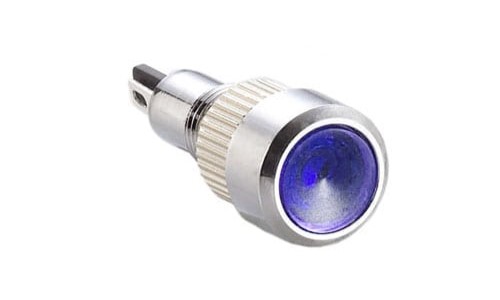
LED Indicators
LED indicators are used to signal status or provide visual feedback in various electronic devices. LED indicators are used in polyfunctional robot machines to provide clear visual cues on the machine’s operational status, enabling quick identification of errors or system states. We supply sizes ranging from 6mm to 30mm, and are available with single, bi-colour, or RGB LED illumination.
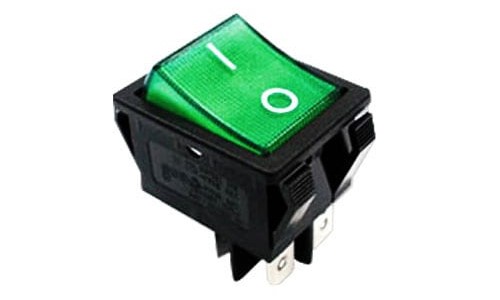
Rocker Switches
A rocker switch is a type of on/off switch that rocks back and forth to open or close a circuit, providing a simple way to control electronic devices. In polyfunctional robot machines, rocker switches can be used to manually activate or deactivate specific functions, allowing operators to easily control the machine.
We offer an extensive selection of rocker switches, ranging from miniature PCB types to larger illuminated panel mount options.
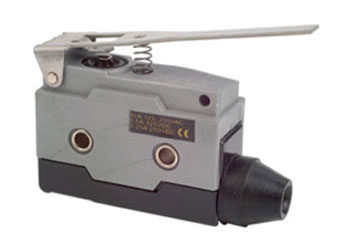
Limit Switches
Limit Switches operate when an object comes into contact with their actuator, making them particularly useful for robotics in applications such as manufacturing, or where extra safety is required. We have limit switches with whisker, roller, lever or plunger-type actuators.
Conclusion
As polyfunctional robots become more commonplace, there is a high likelihood that we will see them transform the way that we live and work. As robots are able to take on repetitive, routine or dangerous duties, they will allow us to focus on the tasks that require human creativity and ingenuity. This therefore means that people and businesses will be able to reach new levels of productivity, success and innovation.
Interested in our products? Speak to us today!
How to place an order?
We operate Monday – Thursday (8 am – 5 pm) and Fridays (8 am – 4.30 pm)
Call us on +44 (0) 1234 213600 to speak to our Sales Engineers or e-mail us
on [email protected] alternatively, leave us a message using our online contact form.
View our full product range here | Download our recent product catalogue
Switch on.
Sign up to our mailing list for the latest news, product notification and so much more!
Just one click away…

